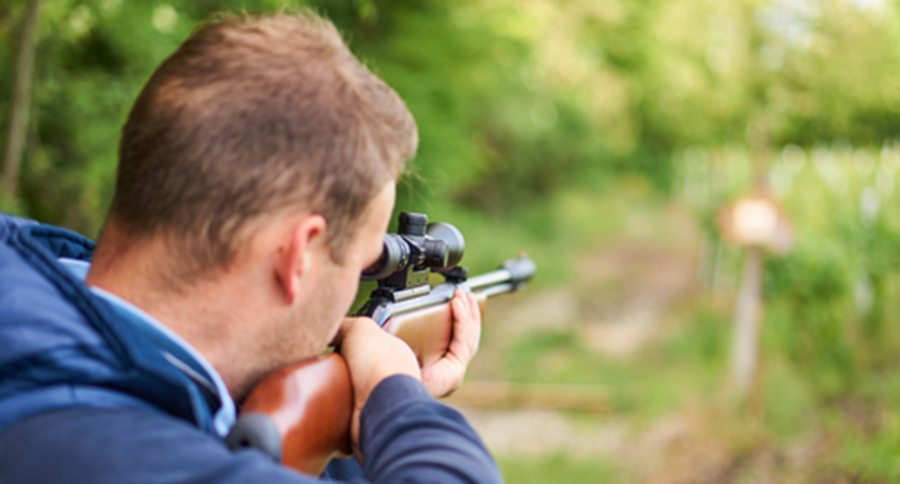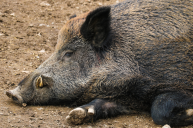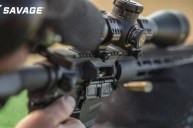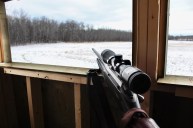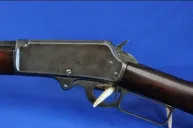Air rifles have a long, storied presence in both American history and entertainment.
Did you know that Meriwether Lewis and William Clark carried a Girandoni-type air rifle similar to the ones Austrians used against Napoleon in the 18th century?
The American explorers purchased the rifle at Harper's Ferry and used it to make an impression on the Native Americans they expected to encounter during the 28-month expedition across the western United States.
Ralphie Parker made the "Red Ryder carbine action, 200-shot, range model air rifle" a household name after the release of the 1983 classic movie "A Christmas Story."
Air rifles are not as popular in the U.S. as in the U.K. and other parts of Europe today, but that trend appears to be changing in the world of firearms.
There are no federal statutes that regulate sales and distribution of air guns, which makes them more accessible than regular firearms. Some people prefer air rifles in their long-term survival kits because the ammo is affordable and never goes bad.
However, hunters looking to utilize air rifles for the first time need a general understanding of their obvious and subtle differences. These three tips will help guide you through the buying and shooting processes.
Pellet Speed vs. Muzzle Energy
Velocity is not a very useful factor when considering an air rifle for various game. A 1,600 feet per second (fps) air rifle sounds powerful, but more issues arise with more speed. Muzzle energy, measured in foot-pound force or joules, is the better measure for comparison.
To quickly determine muzzle energy, use ArcherAirRifles.com's energy calculator. Most product descriptions for new air rifles typically include velocity or muzzle energy, not both, so the calculator is handy while shopping.
Small game, if hit within their tiny kill zones, can be taken down with little power. But the less accurate you are, the more power necessary to humanely harvest your target. Heavier pellets move faster than their lighter-grained counterparts due to air resistance. Thus, lighter grains have less muzzle energy, particularly at longer ranges. Further any air rifle over 1,080 fps (higher depending on elevation) means the pellet breaks the sound barrier and encounters turbulence that also impedes accuracy, Pyramid Air reports.
Most air rifles are .177 caliber because many local and state governments classify anything larger than that as a firearm. Model choice depend on the game you're hunting.
Turkey Hunting
Several states, including California, Maryland and Virginia, allow turkey hunting with air rifles. Turkey hunting with air rifles provides many of the same benefits that bows provide, particularly the ability to get in close and take toms down with a perfect head or neck shot. Air rifles are much quieter than shotguns, which give you more options for pursuing them in noise-restricted areas.
The Benjamin Bulldog .357 Pre-Charged Pneumatic (PCP) is an ideal choice for those who are not budget restricted. But any .25 caliber PCP air rifle will do the job when turkey hunting. There are numerous .22 caliber spring piston rifles available at various prices for all budgets. It's by far the best caliber for maximum accuracy at short range.
Big Game Hunting
Its not impossible to take down a bear, buffalo or deer with an air rifle. But in these situations it's best to bust out the big bore.
Though there's no concrete definition, most hunters describe big bores as air guns utilizing .25 caliber pellets or larger. Hunting with big bores has many similarities to hunting with muzzleloaders and bows. Deer and other large game animals typically stand still after being hit with the perfect heart or lung shot, similar to their reactions to arrows. It can be an uncomfortable experience for humane hunters to watch the animal die slowly (since it sometimes will not run off at all), but this is reality for big-game air rifle hunters.
WATCH
NEXT: 4 VIDEOS THAT WILL CHANGE YOUR PERSPECTIVE ON AIR RIFLES
